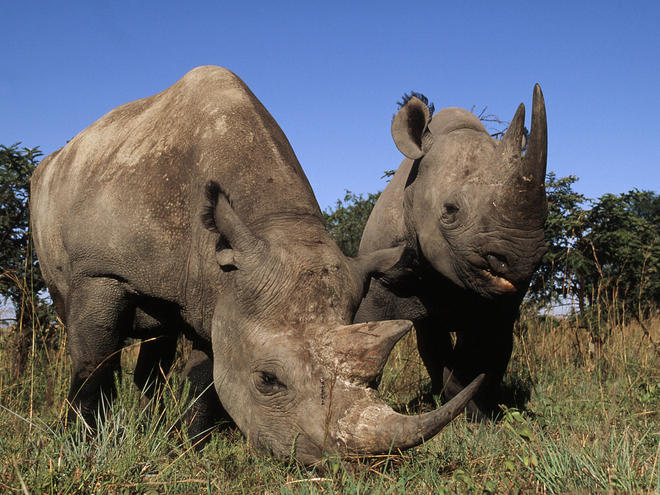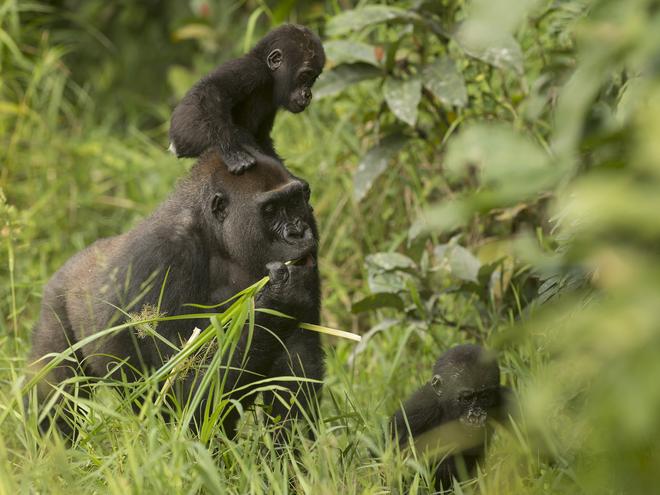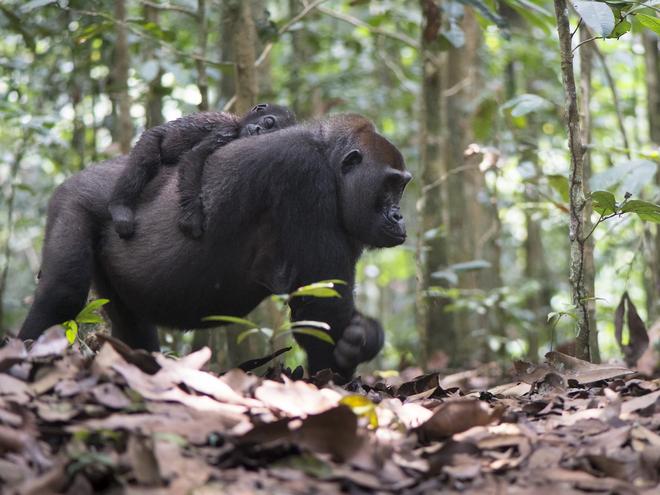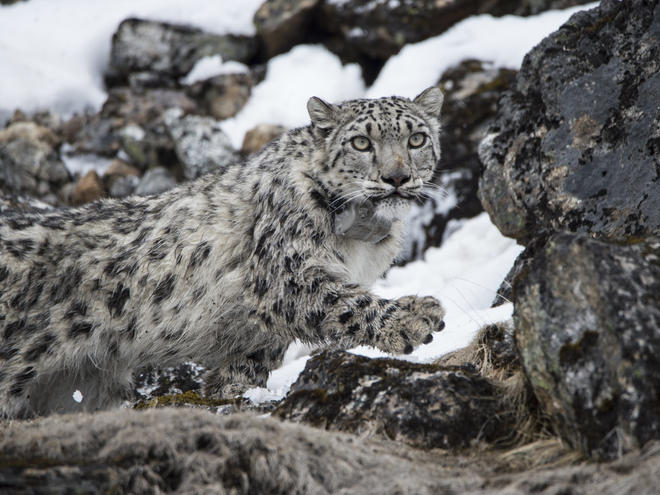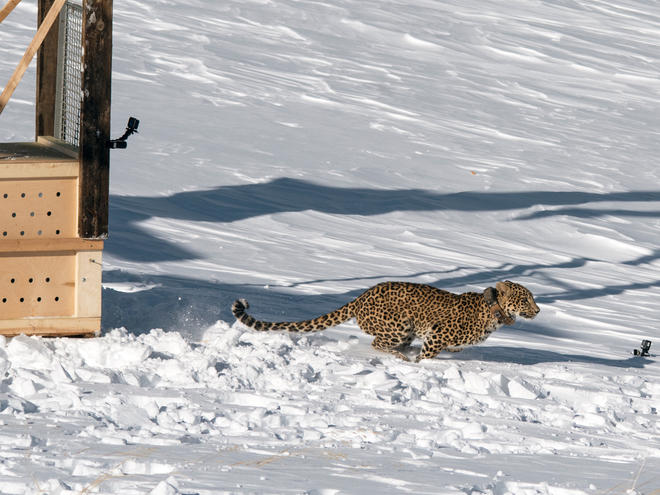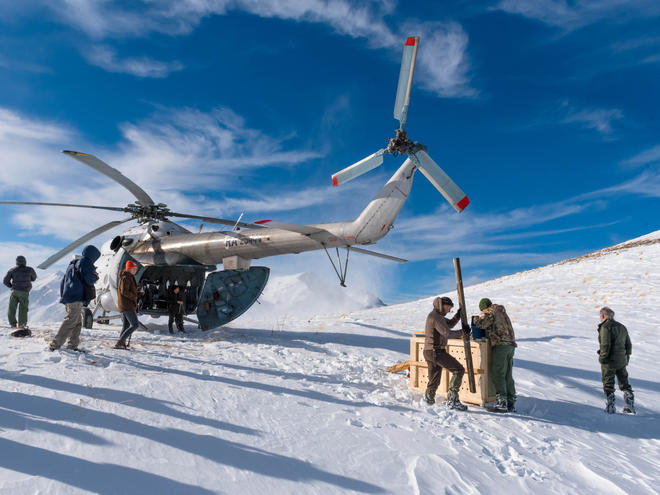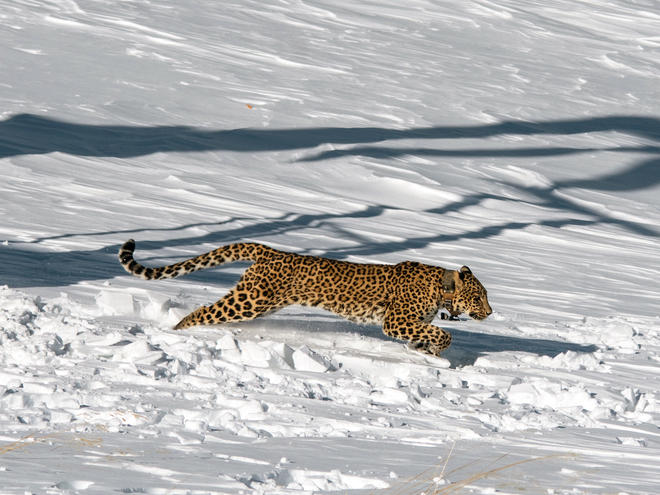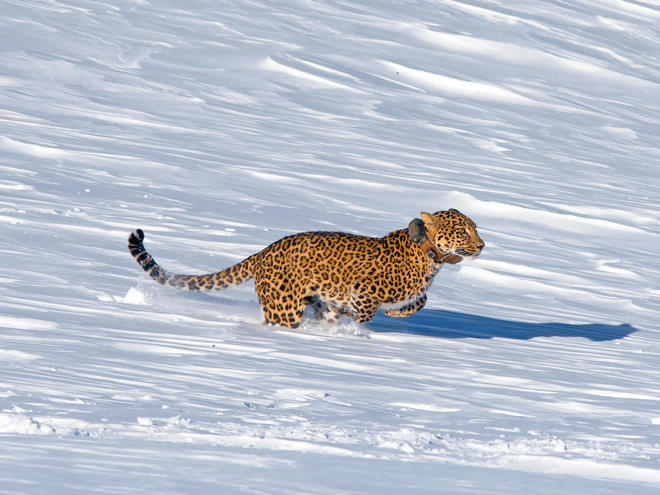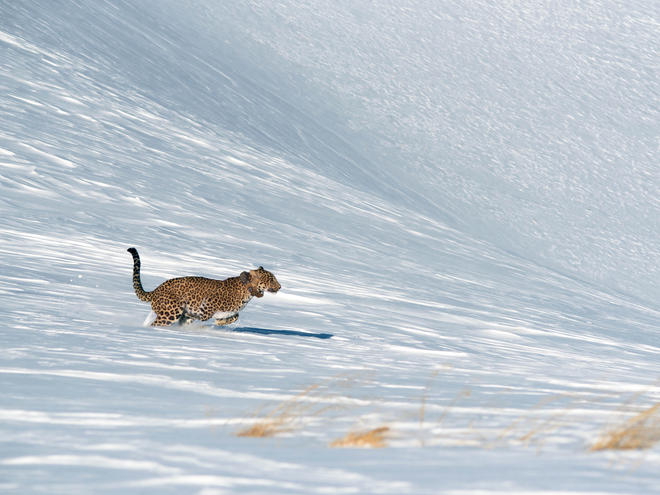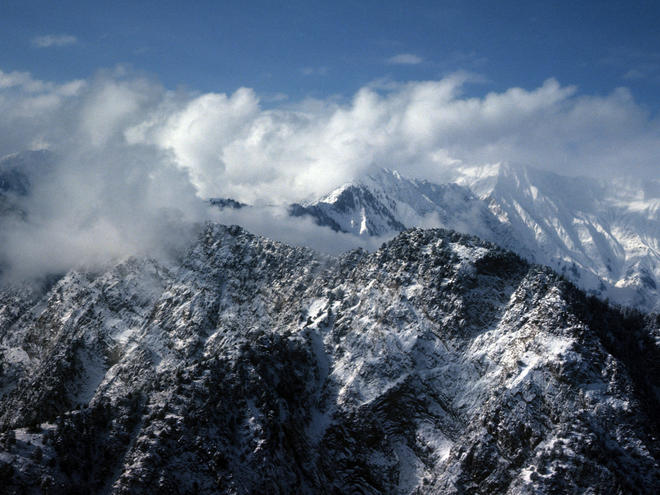Two friends passionate about conservation will take on Capitol Hill for Lobby Day 2018
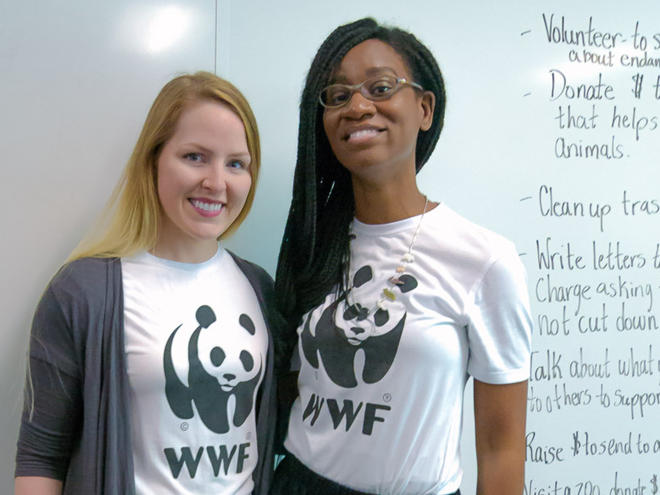
Laura Miller dubs herself shy while Tiffany Jones is decidedly outgoing. This contrast in personality—combined with a shared interest in conservation—makes them a stronger team.
The two 30-something friends from Dallas, Texas, serve as Panda Ambassadors, helping WWF advocate for conservation-focused goals at crucial moments and educating others about wildlife and wild places. Together they’ve played on their strengths to send a stronger message, including speaking to a third-grade classroom about wildlife protection. Miller took the lead on pulling together the necessary research, while Jones managed the visual and storytelling portion of the presentation.
“We were both able to use our strengths and our talents,” Miller said. “Combining them really helps amplify the message.”
They first met at a social event in 2014. Six months later, they bumped into one another again and realized they’re both passionate about wildlife and conservation. They arranged to meet up for coffee to talk about how they could get more involved in advocating for the planet. The rest, as they say, is history.
In March, the pair will head to Washington, DC, to take on the next challenge together: Lobby Day 2018.
WWF’s Lobby Day event is a two-day experience that educates supporters about important decisions in Congress that will affect global conservation and leverages members from around the country to help influence lawmakers on WWF’s priority issues. Activists meet with their congressional representatives and staff to encourage them to support conservation and environmental protection in the decisions they make and the votes they take over the coming year.
Miller participated last year, and while she was nervous to do so, she found the day of training provided to participants before heading up to Capitol Hill helped her find her footing and prepare her for conversations with legislators. This year, Jones is excited to join her for the first time in the nation’s capital.
“There’s something in the news every day that affects the climate, that affects animals,” Jones said. “I’m excited for the opportunity to talk to legislators and get their feedback to hear what they’re thinking about these issues as well.”
Activists attending Lobby Day will focus their conversations around US government support for international conservation. WWF and our partners work to create a safer world for wildlife, protect amazing places, and stand up for communities. And many of our partners rely on international aid to fund the critical conservation work they do in the field, from protecting forests to combatting wildlife trafficking. The United States’ federal spending on international conservation programs has a direct impact on our ability to protect wildlife and our planet, so it’s crucial that we continue providing that support.
This type of funding not only helps wildlife: by protecting the natural resources that people depend on, it also can help stabilize developing communities and prevent regional conflicts.
Activists—whether they’re more reserved like Miller or more gregarious like Jones—can have their greatest impact on decisions made in Congress when they meet with their representatives in person. The more voices speaking up to urge the US government to provide support for international conservation, stopping illegal wildlife trade, and acting on climate change, the bigger the outcome.
And you don’t have to be a superhero to make a change.
“There’s nothing special about me that enables me to do this beyond just having a passion and feeling that it’s important enough to speak up for and take care of,” Miller said. “You don’t have to be a master debater or great at public speaking. You just need to have a passion and be willing to stand up for it.”
Want to stand up for wildlife and wild places? Join WWF in Washington, DC, for Lobby Day 2018!

Published January 11, 2018 at 06:00AM
